My Kind Of Lady
My kind of lady

Happy birthday, Marie Curie! In 1903, Curie and her husband shared a Nobel Prize in Physics for the discovery of radium and polonium. She was the first woman to win this award and later, the first woman to become a professor at the University of Paris. In 1911 she won another Nobel Prize, this time in chemistry, for producing radium as a pure metal and for further studies on radioactive elements. During World War I, she devoted herself to using radioactivity to help people. She set up mobile x-ray vehicles for soldiers in France, which were nicknamed petites Curies (“little Curies”). In the 1920s, radium was considered a miracle cure—you could even buy “Radium” brand butter, cigarettes, and beer. We now know that radioactivity itself causes cancer, but thanks to Curie, radiation therapy is still used today as an effective way to target cancerous tissues. Photo: Tekniska museet
More Posts from Duxgregis and Others




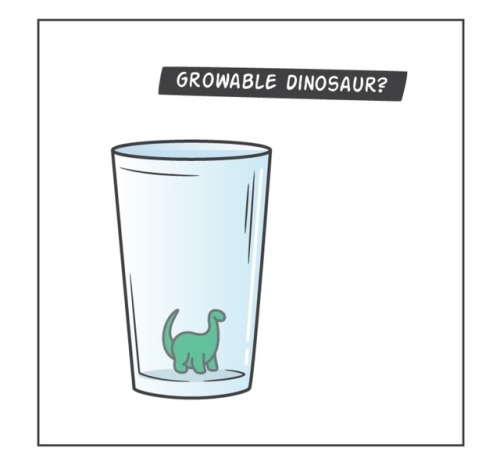
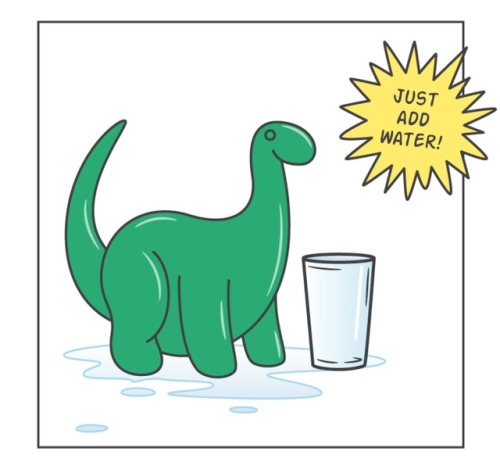
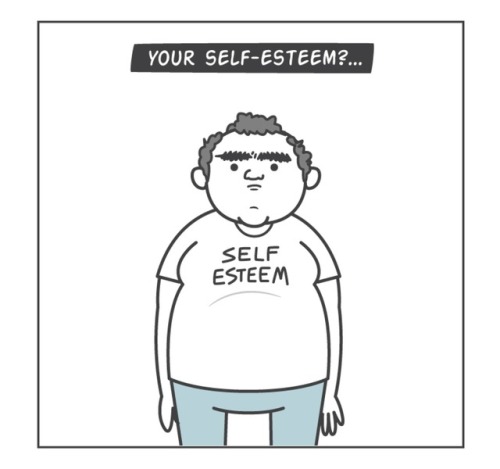

Just Add Water

Disk-cuss. http://ift.tt/1iBNaVf

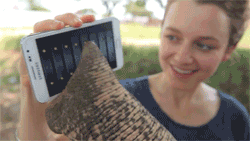

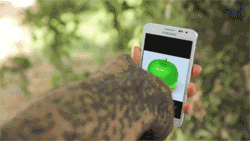
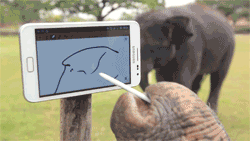











a brief departure from the typical posts here…
while i try not to include my personal work in subtilitas, readers may have noticed content has been a little sparse here lately, largely due to a few large projects wrapping up. one of which is a book i’ve been involved with through the cactus store, which was just released this week.
xerophile is a compendium of desert plant and habitat photography three years in the making. a selection of over five hundred photographs of arguably the rarest and most bizarre plants on earth, photographed in their remote natural habitats over the past 80 years by a global cadre of obsessed cactus aficionados made up of both the amateur and the professional—from phd. botanist to banker, art teacher to cancer researcher. aside from the field photography, we’ve also included several interviews with the explorer’s themselves, who’s stories only add to the mystique of their images.
posts should begin to be more regular next week. thanks as always for reading.
Mythology Asks
Anubis: How do you feel about death?
Atum: What are your greatest imperfections?
Bastet: Do you have any cats?
Hathor: What brings you joy?
Horus: What is one thing you've had to fight for in your life?
Osiris: Do you believe in the underworld?
Ra: Do you have any major responsibilities or importance?
Thoth: Do you like to read/write?
Arawn: What is the most terrifying thing you've ever done?
Bran: How is your health?
Brighid: Tell us about your relationship with your father.
Cernunnos: What is your favorite animal?
Danu: What is your relationship with your mother?
Morrigan: What do you think happens when we die?
Olwen: What is your favorite flower?
Rhiannon: Have you ever been betrayed?
Bragi: What kind of music do you listen to?
Freya: Have you ever been in love?
Freyr: Do you have any children?
Hœnir: Are you a silent or talkative person?
Iounn: How old are you?
Loki: What is the best trick you've ever pulled on someone?
Odin: What is your family like?
Thor: Would you consider yourself pretty powerful?
Tree: What have you done with your life? What are you going to do with it?
Aphrodite: What do you think of yourself?
Ares: Are you an easy person to anger?
Athena: Would you consider yourself an artist?
Apollo: Do you play any instruments?
Dionysus: Do you drink?
Hades: Do you have a bad reputation?
Hekate: Have you ever tried to communicate with the dead?
Hermes: Have you ever stolen anything?
Poseidon: Are you a moody person?
Zeus: Are you a confident person?
Jupiter: Would people say that you are intimidating or fairly approachable?
Pluto: Where do you think we go when we die?
Apollo & Dianna: Do you prefer to be up during the day or at night?
Mars: Have you ever gotten into a fight?
Minerva: Do you generally give good advice?
Proserpine: Have you ever felt trapped?
Plutus: Do you have a job?
Venus: Have you ever had your heart broken?
Vesta: Do you like being home or do you try to get out whenever you can?
Morpheus: Do you daydream often? Of what?
I miss you even more than I could have believed; and I was prepared to miss you a good deal.
Vita Sackville-West, The Letters of Vita Sackville-West and Virginia Woolf (via mrs-princeton-dicaprio)
#ILoveIS
Sonnet for President Trump
Shall I compare thee to a Shakespeare play? Thou art less clever and less literate, But how else should poor poets have their say? Alas, our leader lacks a donkey’s wit! Sometime too fierce the fire of ego burns, And when a man is made to look a fool, He rages ’gainst the mockery he earns, As little boys will cry when teas’d at school. But thy eternal tantrums shall not wane, Nor shalt thou e’er unclench thy tiny fists, Nor listen when the people dare to say, “’Tis you, dear sir, who made a scene of this.” So long as men can breathe and speech is free, The Bard shall speak and show thy shame to thee.
(4 July 2017, in honor and defense of freedom of artistic expression)
I have a new plan: to go mad.
Fyodor Dostoevsky, in a letter to his brother Michael (via ughpoems)
This is the NASA I love to see
May the 4th Be With You
Happy May the 4th!
How many connections does America’s space program have with the fictional world of Star Wars? More than you might think…
Join us as we highlight a few of the real-world TIE-ins between us and Star Wars:
Space Laser


Lasers in space sounds like something straight out of Star Wars, but it’s also a reality for us. Our own GEDI (yes, like Jedi) instrument will launch later this year to the International Space Station.


GEDI stands for the Global Ecosystem Dynamics Investigation lidar. It will study the height of trees and forests, using three lasers split into eight tracks, and create a 3D map of forests around the planet.

With GEDI’s new tree maps, we’ll get a better understanding of how much carbon is stored in forests all over Earth, and how forests will be able to absorb increasing carbon dioxide in the atmosphere.
The Jedi knights may help protect a galaxy far, far away, but our GEDI will help us study and understand forest changes right here on Earth.

Another JEDI

There’s another Jedi in town and it happens to be orbiting the planet Jupiter. Our Juno spacecraft, which arrived at the gas giant in July 2016, has an instrument on board that goes by the name of JEDI - the Jupiter Energetic Particle Detector Instrument.
While it doesn’t use a light saber or channel “the force”, it does measure high-energy particles near Jupiter. Data collected with the JEDI instrument will help us understand how the energy of Jupiter’s rotation is being funneled into its atmosphere and magnetosphere.
Death Star Moon

We know what you’re thinking…”That’s no moon.” But actually, it is! This is a real picture taken by our Cassini spacecraft of Saturn’s moon Mimas. In this view taken on Cassini’s closest-ever flyby of Mimas, the large Herschel Crater dominates, making the moon look like the Death Star. Herschel Crater is 130 kilometers, or 80 miles, wide and covers most of the right of this image.
We Actually Do Have the Droids You’re Looking For

We have robots roving and exploring all over the solar system, but it’s our own “R2” that’s most likely to resonate with Star Wars fans. Robonaut 2, launched in 2011, is working along side humans on board the International Space Station, and may eventually help with spacewalks too dangerous for humans. Incidentally, an earlier version of Robonaut bore a strong “facial” resemblance to enigmatic bounty hunter Boba Fett.

Another “droid” seen on the space station was directly inspired by the saga. In 1999, then Massachusetts Institute of Technology (MIT) professor David Miller, showed the original 1977 Star Wars to his students on their first day of class. After the scene where hero Luke Skywalker learns lightsaber skills by sparring with a floating droid “remotes” on the Millennium Falcon, Miller stood up and pointed: “I want you to build me some of those.”
The result was “SPHERES,” or Synchronized Position Hold, Engage, Reorient, Experimental Satellites. Originally designed to test spacecraft rendezvous and docking maneuvers, the bowling-ball size mini-satellites can now be powered by smart phones.
A few more TIE ins…

When space shuttle Atlantis left the International Space Station after 2007’s STS-117 mission, it caught a view of the station that looked to some like a TIE fighter.

The “TIE-ins” go beyond casual resemblance to real engineering. We already use actual ion engines (“TIE” stands for “Twin Ion Engines”) on spacecraft like Dawn, currently orbiting the dwarf planet Ceres. In fact, Dawn goes one better with three ion engines.
Want more Star Wars connections? Check out THIS Tumblr to learn about the REAL planets we’ve found outside our solar system that resemble planets from the movie.
Take THIS quiz to see if you know more about the Milky Way galaxy or a galaxy far, far away.
Make sure to follow us on Tumblr for your regular dose of space: http://nasa.tumblr.com.
-
 honeless liked this · 3 years ago
honeless liked this · 3 years ago -
 athenasserpent liked this · 3 years ago
athenasserpent liked this · 3 years ago -
 unejemploaseguir reblogged this · 4 years ago
unejemploaseguir reblogged this · 4 years ago -
 music-sadness-shetland liked this · 4 years ago
music-sadness-shetland liked this · 4 years ago -
 liihst liked this · 4 years ago
liihst liked this · 4 years ago -
 mrspenmark liked this · 4 years ago
mrspenmark liked this · 4 years ago -
 living-proof99 liked this · 4 years ago
living-proof99 liked this · 4 years ago -
 wordybirdrambles liked this · 4 years ago
wordybirdrambles liked this · 4 years ago -
 fireneyes97 liked this · 4 years ago
fireneyes97 liked this · 4 years ago -
 peculiarbarbara liked this · 4 years ago
peculiarbarbara liked this · 4 years ago -
 friedeggcroissantnickel liked this · 4 years ago
friedeggcroissantnickel liked this · 4 years ago -
 soccerstarstories liked this · 4 years ago
soccerstarstories liked this · 4 years ago -
 visualparadox777 liked this · 5 years ago
visualparadox777 liked this · 5 years ago -
 urban-renaissance liked this · 5 years ago
urban-renaissance liked this · 5 years ago -
 peculiarmutterings liked this · 5 years ago
peculiarmutterings liked this · 5 years ago -
 nan-drw liked this · 5 years ago
nan-drw liked this · 5 years ago -
 kallavara reblogged this · 5 years ago
kallavara reblogged this · 5 years ago -
 le-catman liked this · 5 years ago
le-catman liked this · 5 years ago -
 amellestate liked this · 5 years ago
amellestate liked this · 5 years ago -
 apeshit reblogged this · 5 years ago
apeshit reblogged this · 5 years ago -
 apeshit liked this · 5 years ago
apeshit liked this · 5 years ago -
 takers-flames liked this · 5 years ago
takers-flames liked this · 5 years ago -
 doorado-blog1 liked this · 5 years ago
doorado-blog1 liked this · 5 years ago -
 skyrdia123 liked this · 5 years ago
skyrdia123 liked this · 5 years ago -
 marky0cz liked this · 5 years ago
marky0cz liked this · 5 years ago -
 saint-ess reblogged this · 5 years ago
saint-ess reblogged this · 5 years ago -
 morkainkatherine liked this · 5 years ago
morkainkatherine liked this · 5 years ago -
 wylansworkshop liked this · 5 years ago
wylansworkshop liked this · 5 years ago -
 sanctuarysin liked this · 5 years ago
sanctuarysin liked this · 5 years ago -
 mutzschen reblogged this · 5 years ago
mutzschen reblogged this · 5 years ago -
 keengiantangelflower reblogged this · 5 years ago
keengiantangelflower reblogged this · 5 years ago -
 keengiantangelflower liked this · 5 years ago
keengiantangelflower liked this · 5 years ago -
 dangerousazelxcx liked this · 6 years ago
dangerousazelxcx liked this · 6 years ago -
 rosentraume liked this · 6 years ago
rosentraume liked this · 6 years ago -
 paranoidrobots liked this · 6 years ago
paranoidrobots liked this · 6 years ago -
 quarktea liked this · 6 years ago
quarktea liked this · 6 years ago -
 gloriaalrey liked this · 6 years ago
gloriaalrey liked this · 6 years ago -
 living-in-dreamland liked this · 6 years ago
living-in-dreamland liked this · 6 years ago -
 magnagracea liked this · 6 years ago
magnagracea liked this · 6 years ago -
 davidcreburn-blog liked this · 6 years ago
davidcreburn-blog liked this · 6 years ago -
 book-whopper reblogged this · 6 years ago
book-whopper reblogged this · 6 years ago
